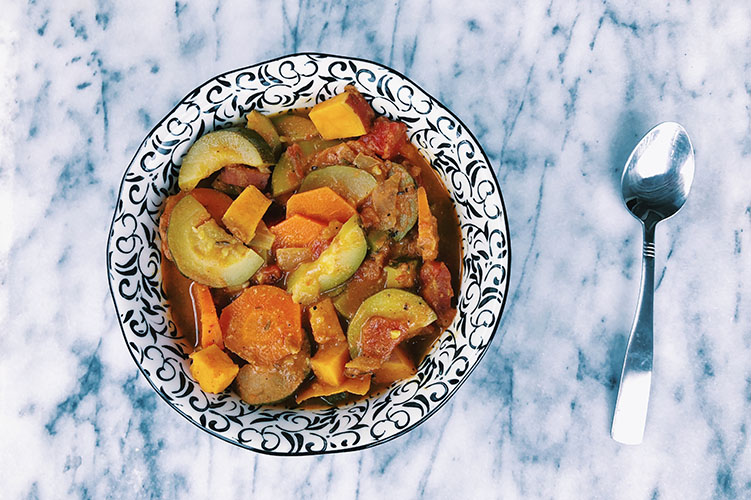

“We Africans in the Americas have not just been adopters, we are border crossers and culture benders,” writes Michael Twitty in his James Beard award winning book, The Cooking Gene. Indeed, many of the most nutritious ingredients in America today, from ancient grains like millet and sorghum, to produce like yams, bananas, and okra, came to America by way of Africa during the Transatlantic Slave Trades, from the 1500s to the 1800s.
Today, a “southern diet” of fried foods and sweetened beverages is often seen as the traditional diet for many African Americans. But in fact, a healthier, more solidly traditional model can be found by looking to the foods brought to the New World by Africans, along with those they adopted. Over the generations, many of these nutritious food traditions have been lost with the influences of modern American eating habits, and our health has suffered because of this loss.
In 2011, culinary historian Dr. Jessica B. Harris, Vivien Morris, MS, RD, MPH, LDN, Oldways President Sara Baer-Sinnott, and Walter Willett of the Harvard School of Public Health came together with over a dozen other nutrition scientists, culinary historians, and experts in African diasporic health and history to develop the African Heritage Diet Pyramid. The goal of the African Heritage Diet Pyramid is to illustrate the “big picture” framework of African Heritage Diets, inspiring individuals and communities to reclaim their best health.
The key elements of the African Heritage diet are listed below. Together with herbs and spices, tubers, nuts and seeds, and smaller amounts of animal foods like fish, eggs, and meat, these food groups are a jumping off point for countless culinary adventures.
Green leafy vegetables, such as collard greens, callaloo, kale, chard, and mustard greens have an important place at the base of the African Heritage Diet Pyramid. Greens are one of the most celebrated foods in African heritage culinary traditions. There are so many greens to choose from, with a variety of flavors—salty, hardy, bitter, and peppery– and are a great addition to any dish. You can get the most nutrition from your greens by preparing them lightly and saving the liquid in which they’re cooked (“greens water” or “pot likker”). Many leafy greens can also provide a plant-based source of calcium in the diet.
Africa has a long lineage of extremely nutritious whole grains, including “ancient grains” like teff, fonio, millet, and sorghum. At one time, in traditional diets, all grains consumed were whole grains. Today, most of the grains that we eat and love can be found in their whole grain form easily and affordably. Whole grains provide key vitamins, minerals, antioxidants, and fiber, which are essential to good health.
Beans (or peas) and rice are a staple of African heritage cooking and traditional diets around the world. Beans are a source of fiber and protein and have zero cholesterol. Eating beans in place of meat is a wonderful way to eat healthy proteins that are good for your whole body, especially your heart. African heritage beans include black-eyed peas, broad beans, butter beans, lentils, pigeon peas, and cow peas.
For millennia, vegetables and fruits have been central to African heritage cuisine. In addition to the all-important leafy greens, the African Heritage diet includes many delicious fruits and vegetables such as avocados, bananas, berries, guava, melons, mangoes, papaya, watermelon, tomatoes, and pineapples.
We encourage you to join Oldways in amplifying the culinary legacy and often-unsung cultural ownership of healthy eating for African Americans, not just during Black History Month, but every month of the year. Try one of our most popular African Heritage dishes below and find out more about A Taste of African Heritage, Oldways’ six-lesson cooking and nutrition curriculum that brings the African Heritage Diet to life.
Mafe, or groundnut stew, is common throughout West and Central Africa. This traditional stew can include meat, vegetables, or seafood, and it is always based on a savory sauce made from peanut butter and tomatoes.